If you love growing plants but have limited space, a hydroponic system might be the perfect solution. Hydroponics allows you to grow lush, thriving plants indoors without soil—using nutrient-rich water instead. Whether you’re cultivating herbs, leafy greens, or flowering houseplants, building your own DIY hydroponic system is easier and more rewarding than you might think. This guide will walk you through everything you need to know, from understanding how hydroponics works to setting up your own indoor garden step by step.
What Is a Hydroponic System?
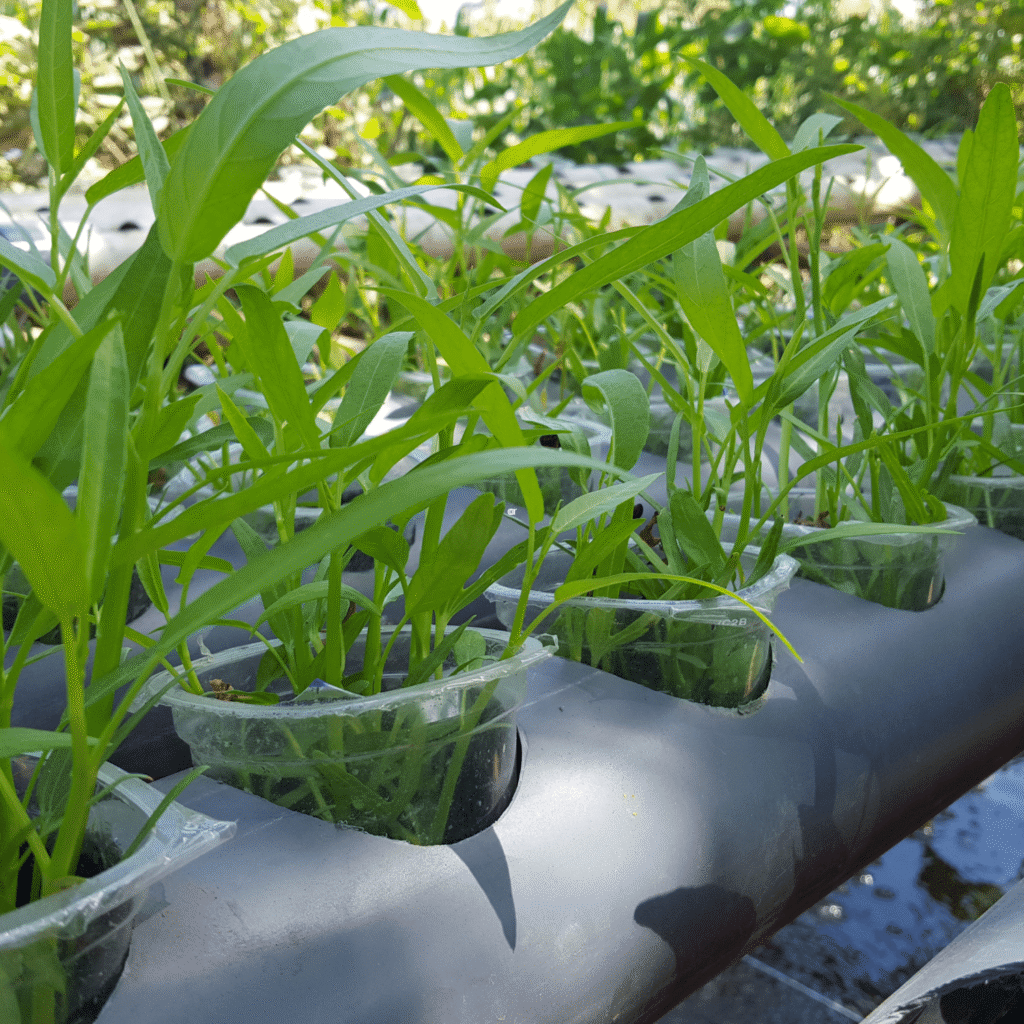
Hydroponics is a method of growing plants in water mixed with mineral nutrients instead of traditional soil. In this system, roots have direct access to nutrients, oxygen, and water, leading to faster growth and higher yields. Because it doesn’t rely on soil, hydroponics can be done almost anywhere—apartments, basements, balconies, or even kitchen counters.
The idea may sound high-tech, but at its core, hydroponics simply focuses on giving plants exactly what they need—no more, no less. You control the growing environment, which reduces the risk of pests, soil-borne diseases, and inconsistent watering.
Benefits of Building a DIY Hydroponic System
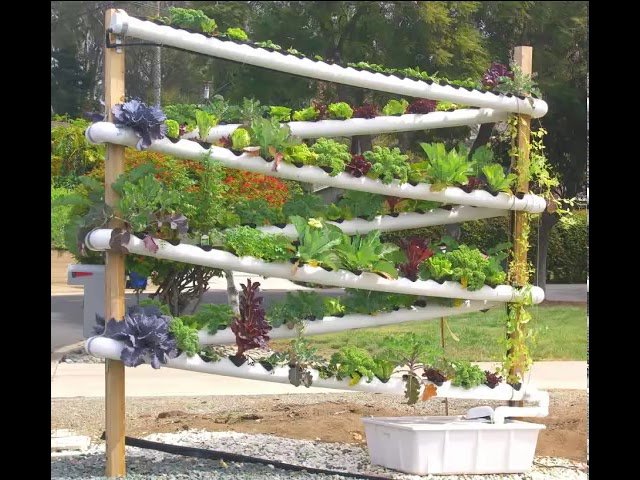
Before jumping into the setup, it’s important to understand why hydroponics is such a great option for indoor gardeners:
- Space Efficiency: Hydroponic systems can be compact, making them perfect for small apartments or urban homes.
- Faster Growth: Plants grown hydroponically can grow up to 30–50% faster than those in soil because they receive nutrients directly.
- Water Conservation: Hydroponics uses up to 90% less water than traditional gardening, as water is recycled within the system.
- Less Mess: No soil means no dirt, making it cleaner and easier to maintain indoors.
- Year-Round Gardening: You can grow fresh herbs, vegetables, or decorative plants all year long, regardless of the weather outside.
Choosing the Right Hydroponic System
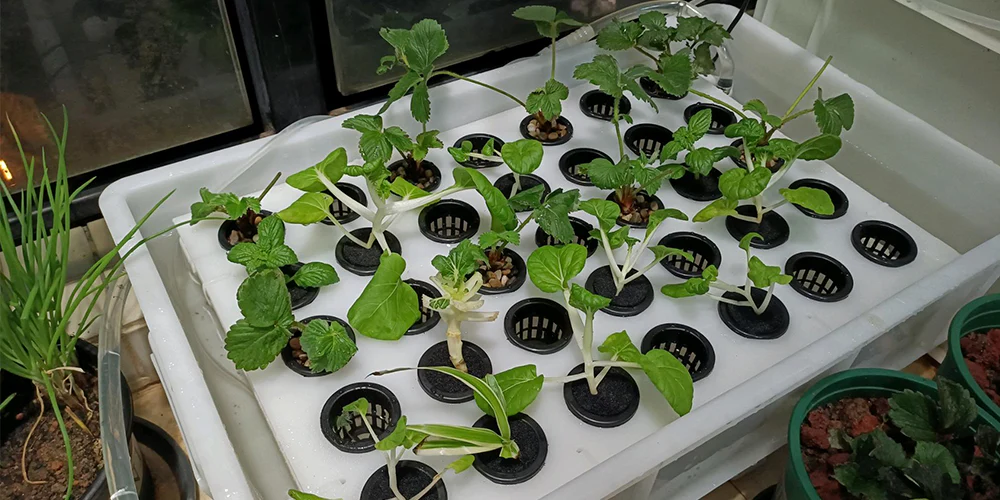
There are several types of hydroponic systems, and each has unique advantages. For beginners, some are much easier to build and maintain than others. Let’s look at a few simple options for DIY setups:
- Wick System:
The simplest form of hydroponics, where a wick (like a rope) carries nutrient solution from a reservoir to the plant roots. It doesn’t need pumps or electricity—great for beginners. - Deep Water Culture (DWC):
In this system, plant roots are suspended in oxygen-rich nutrient water. Air stones and pumps provide oxygen to prevent root rot. DWC is perfect for fast-growing plants like lettuce or basil. - Nutrient Film Technique (NFT):
A thin film of nutrient water constantly flows over the roots. This system is efficient but requires a pump and some tubing setup. - Ebb and Flow (Flood and Drain):
The nutrient solution floods the root zone at intervals and then drains back into the reservoir. It’s slightly more advanced but excellent for larger plants.
For your first DIY indoor project, the Deep Water Culture (DWC) system is highly recommended—it’s simple, affordable, and produces quick results.
What You’ll Need to Build a DIY Deep Water Culture System
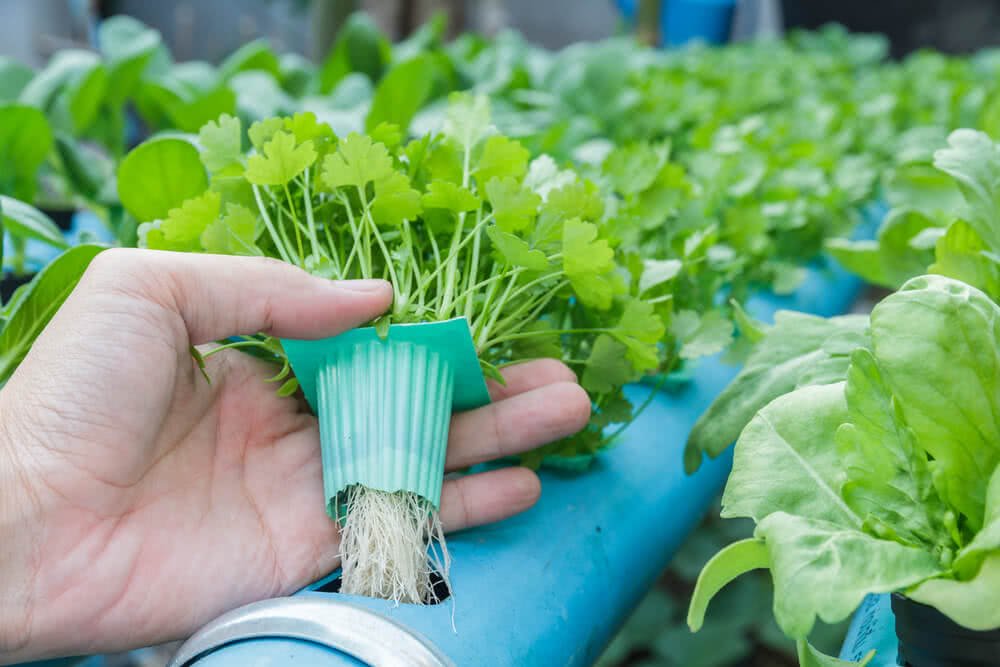
Here’s a list of materials and tools required to build a basic hydroponic setup at home:
Materials:
- A plastic container or storage tote (serves as the nutrient reservoir)
- Net pots (small plastic pots with holes for roots)
- Hydroponic growing medium (clay pebbles, perlite, or coco coir)
- Air pump and air stone (for oxygen circulation)
- Hydroponic nutrient solution (pre-mixed or custom blend)
- pH testing kit and pH up/down solution
- Seedlings or plant cuttings
- Drill (for cutting holes in the lid for net pots)
Optional but helpful:
- LED grow lights (for areas with low natural light)
- Timer for air pump or lights
- Thermometer and hygrometer for monitoring conditions
Step-by-Step Guide to Building Your Hydroponic System
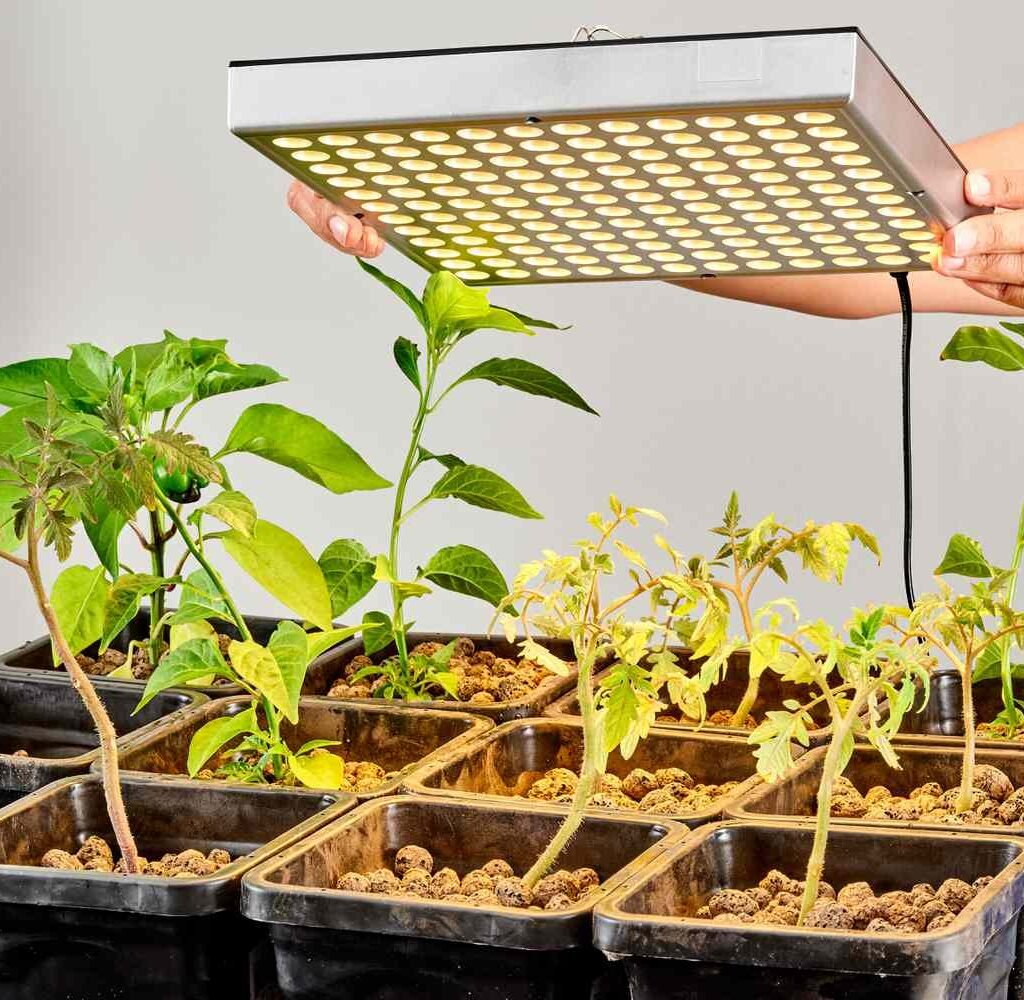
Step 1: Prepare the Reservoir
Choose a container that holds at least 10–15 liters of water. The container should be opaque to block light, preventing algae growth. Cut holes in the lid using a hole saw or drill—these holes should fit the net pots snugly.
Step 2: Install the Air Pump and Stone
Place the air stone at the bottom of the reservoir and connect it to the air pump using a flexible tube. This will keep the water oxygenated, ensuring healthy root growth. Turn it on to test for steady bubbling before proceeding.
Step 3: Mix the Nutrient Solution
Fill the reservoir with water and add hydroponic nutrients as per the package instructions. It’s crucial to measure accurately—too much can damage the plants. Use a pH testing kit to ensure the solution’s pH is between 5.5 and 6.5, the ideal range for most plants.
Step 4: Prepare and Insert Plants
Place your seedlings or cuttings in net pots filled with your chosen growing medium. The bottom of the net pot should slightly touch the nutrient solution so roots can start absorbing water.
Step 5: Provide Light
If your setup is indoors without sufficient sunlight, install LED grow lights above your plants. Keep them on for 12–16 hours a day, simulating natural daylight. Adjustable LED panels are energy-efficient and ideal for small spaces.
Step 6: Monitor and Maintain
Check the water level daily—top it up when needed. Replace the nutrient solution every two weeks to prevent salt buildup. Maintain a steady room temperature between 18°C–24°C (65°F–75°F) for best results.
Best Plants to Grow in a DIY Hydroponic System
Some plants thrive particularly well in hydroponics, especially those that grow fast and don’t require deep root systems. Here are great options for indoor growers:
- Herbs: Basil, mint, oregano, parsley, thyme, and chives.
- Leafy greens: Lettuce, spinach, kale, arugula, and Swiss chard.
- Fruiting plants: Cherry tomatoes, peppers, strawberries (for advanced systems).
- Flowers: Petunias, pansies, and orchids can adapt well to hydroponic setups with some modifications.
Common Mistakes to Avoid
While hydroponics is rewarding, beginners often make a few avoidable errors:
- Ignoring pH Levels: Incorrect pH can block nutrient absorption even if your solution is rich in minerals.
- Overfeeding Plants: More nutrients don’t mean faster growth. Always stick to recommended doses.
- Poor Aeration: Without adequate oxygen, roots can rot quickly.
- Excessive Light or Heat: Too much light can cause leaf burn. Keep lights at least 12 inches above the plants.
- Dirty Reservoir: Failing to clean the system regularly can lead to algae buildup and bacteria growth.
Maintaining a Healthy Hydroponic Garden
Once your system is running, regular monitoring ensures long-term success. Keep an eye on plant color and growth rate—healthy hydroponic plants are typically bright green and grow steadily. If you notice yellowing leaves or stunted growth, check your pH, nutrient concentration, and light setup.
Cleaning is essential—rinse and disinfect all components every month before refilling the reservoir. This prevents nutrient imbalance and disease. You can also prune older leaves and rotate plants to ensure even light exposure.
Sustainability and Cost Benefits
A DIY hydroponic system not only saves space but also supports sustainable living. Since water recirculates, it dramatically reduces waste. You can grow pesticide-free food at home, cutting down grocery costs and carbon footprint. The initial investment is relatively low—most basic setups cost under $50 if you repurpose containers and use budget-friendly supplies.
Over time, you’ll gain control over every growing condition—light, nutrients, and environment—making hydroponics one of the most efficient ways to garden indoors.
Conclusion
Building a DIY hydroponic system for indoor plants opens the door to a fascinating, productive, and eco-friendly way of gardening. You don’t need a huge yard, fertile soil, or even much experience—just a little curiosity and care. Once your system is running smoothly, you’ll enjoy watching your plants grow faster, healthier, and cleaner than ever before.
Whether you’re cultivating fresh herbs for your kitchen or simply bringing more greenery into your home, hydroponics empowers you to garden smarter, not harder. So grab your materials, follow the steps, and start your own indoor oasis today—the future of sustainable gardening is literally in your hands.
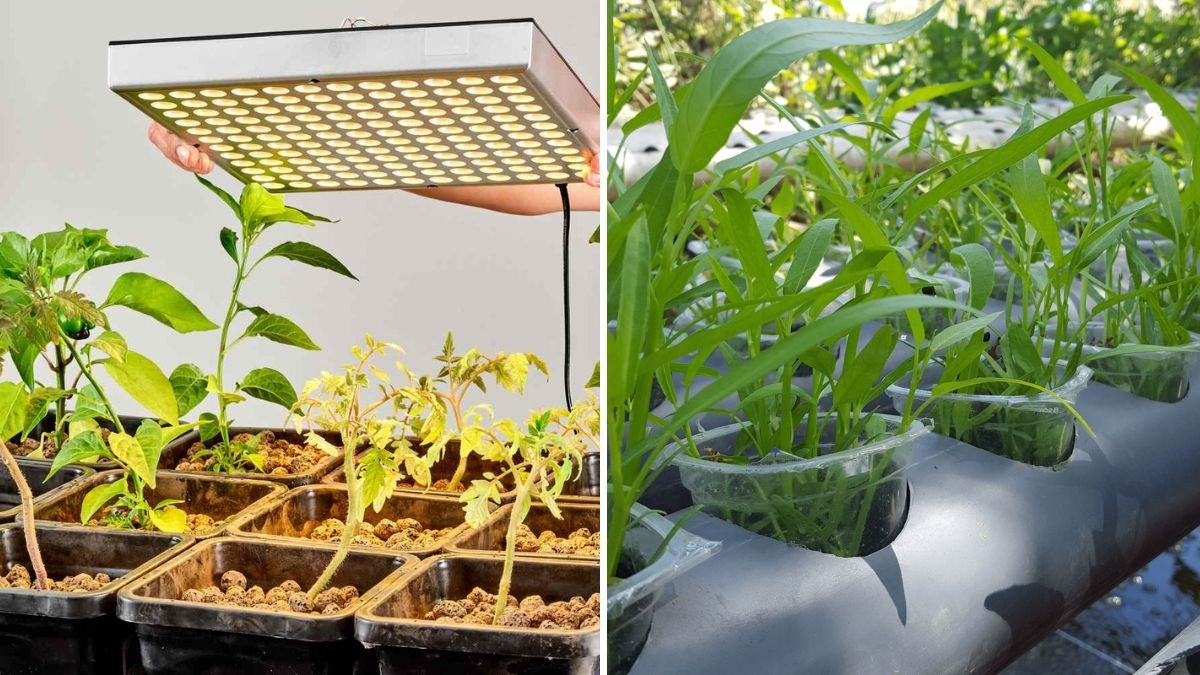




Leave A Comment